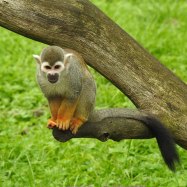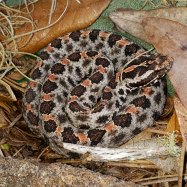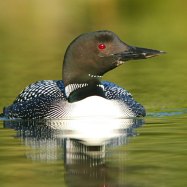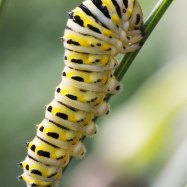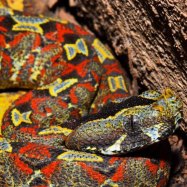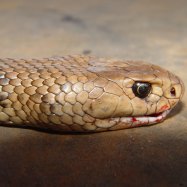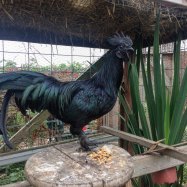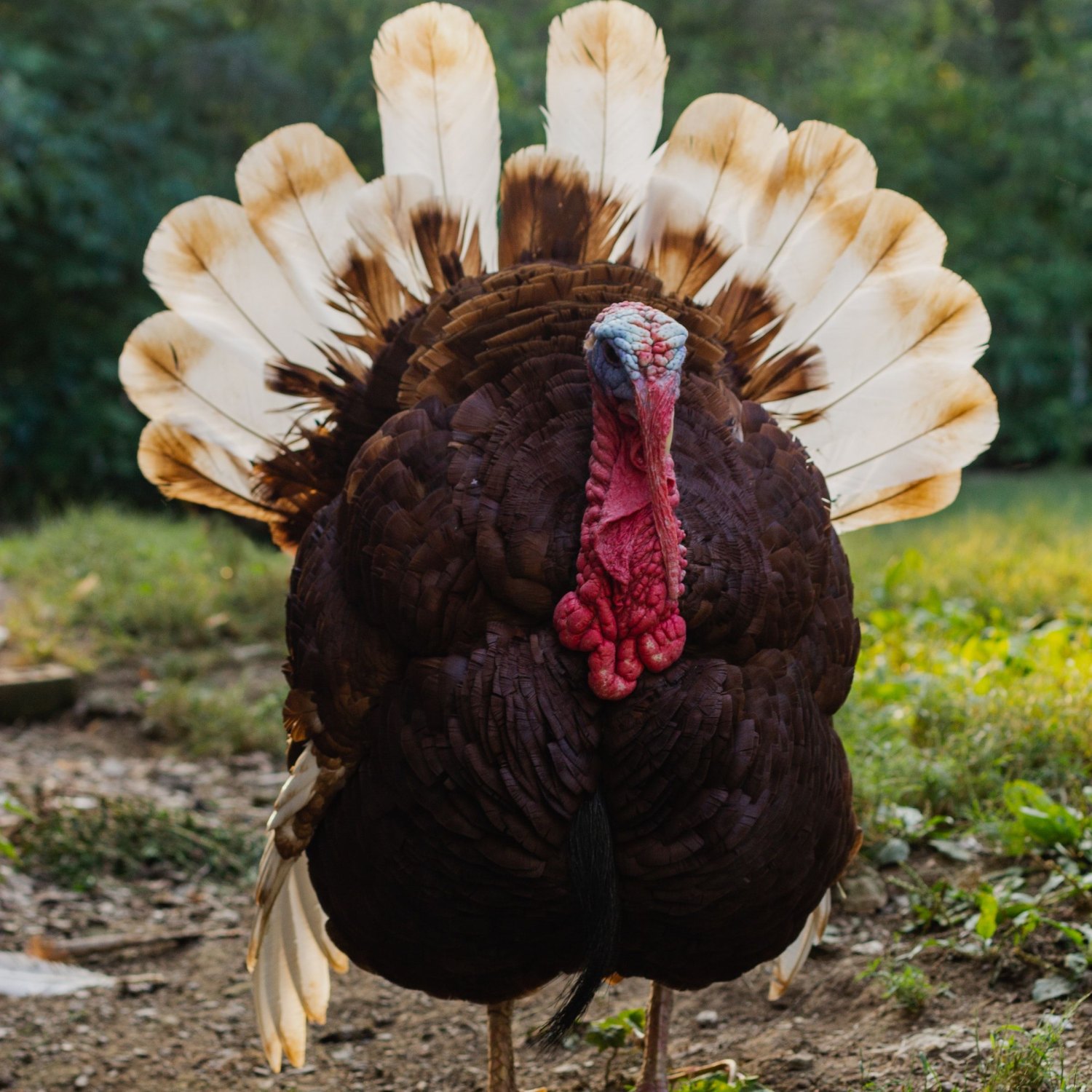
Turkey
3-4 feet
The wild and domesticated Turkey, a large bird with a stocky body, long legs, and a fan-shaped tail, can be found in various regions. Belonging to the Phasianidae family, these birds can grow up to 3-4 feet in length and are known for their distinctive gobble. They play an important role in many cultures, especially during Thanksgiving celebrations. Keep an eye out for these majestic creatures in their natural habitat! #Turkey #Phasianidae #Wildlife
Animal Details Summary:
Common Name: Turkey
Kingdom: Animalia
Habitat: Woodlands, forests, and grasslands
The Fascinating World of Turkeys: A Look into One of North America's Most Iconic Birds
When it comes to iconic animals in North America, the turkey is definitely up there with the likes of the bald eagle and the bison. With its distinctive body shape, colorful feathers, and important role in Thanksgiving traditions, the turkey is a beloved and well-known species. But there's so much more to these birds than meets the eye. In this article, we'll take a deep dive into the fascinating world of turkeys, from their scientific classification to their behavior and adaptations Turkey.Taxonomic Classification
Let's start with the basics – the scientific name for turkeys is Meleagris gallopavo. This name is derived from the Latin root "meleagris," which means "Guineafowl," and "gallopavo," which means "chicken with spurs." This makes sense when you consider that turkeys are indeed members of the chicken family, along with pheasants and quails.Classified under the kingdom Animalia, phylum Chordata, and class Aves, turkeys belong to the order Galliformes, which also includes other ground-dwelling birds like peacocks and grouse. Within the order Galliformes, they are part of the family Phasianidae, which includes other poultry birds such as chickens, ducks, and geese.
Habitat and Distribution
Turkeys are native to North America, with their original populations found in the United States. However, they can now be found in many other countries, including Mexico, Canada, and even parts of Europe and Asia, due to human introduction and domestication. In the wild, turkeys are primarily found in woodlands, forests, and grasslands, where they can forage for food and find shelter.Feeding Behavior
One of the reasons turkeys have been able to thrive and expand their range is their omnivorous diet Tapanuli Orangutan. They have a diverse palate and will eat a variety of foods, including insects, berries, seeds, and even small rodents. Their feeding behavior also plays a crucial role in seed dispersal and nutrient cycling in their habitats. They are known to scratch and dig through the soil, aerating it and allowing for better water filtration and oxygenation.Physical Characteristics
Turkeys are known for their iconic body shape – a large bird with a stocky body, long legs, and a fan-shaped tail. They can grow up to 3-4 feet in length and weigh up to 20 pounds, making them one of the heaviest birds native to North America. However, not all turkeys look the same, and their appearance can vary depending on age, sex, and subspecies.In general, turkeys have a mixture of brown, black, and iridescent feathers, which contribute to their unique appearance. Male turkeys, known as "toms" or "gobblers," have more vibrant and colorful feathers, while females, called "hens," have duller ones. Male turkeys also have a distinctive red wattle, or fleshy growth, on their necks, which they can puff up to attract females during breeding season.
Adaptations and Behaviors
In the wild, turkeys have a range of adaptations that help them survive in their natural habitats. One of the most well-known is their ability to fly, despite their large size. While not as agile as smaller birds, turkeys can fly up to 55 miles per hour and can travel over long distances when necessary. They also have excellent vision due to their large, keen eyes, which help them spot predators.Another unique behavior of turkeys is their habit of roosting in trees at night. This is likely a survival adaptation that allows them to evade predators on the ground, as well as keep them warm during colder months. Male turkeys also have a distinctive "gobble" call, which they use to communicate with other birds and attract females during mating season.
Domestication and Conservation Status
Turkeys have been domesticated for thousands of years and are a significant food source for humans, especially during Thanksgiving celebrations. The domesticated turkey is descended from the Eastern wild turkey, and there are now various breeds of domestic turkeys, including the popular Broad Breasted White.However, wild turkeys have faced significant challenges in the past, including habitat loss and hunting, which nearly pushed them to extinction in the early 1900s. Conservation efforts and habitat restoration have since helped their populations recover, and today, they are listed as a species of Least Concern on the IUCN Red List.
In Conclusion
In summary, turkeys are much more than the iconic bird we see on our tables every Thanksgiving. They are a fascinating and diverse species, with unique adaptations and behaviors that allow them to thrive in their natural habitats. Whether they are gobbling in your backyard or roaming free in the wild, turkeys are a symbol of the vibrant and diverse wildlife of North America. Next time you see one, take a moment to appreciate their beauty and the important role they play in our natural ecosystems.

Turkey
Animal Details Turkey - Scientific Name: Meleagris gallopavo
- Category: Animals T
- Scientific Name: Meleagris gallopavo
- Common Name: Turkey
- Kingdom: Animalia
- Phylum: Chordata
- Class: Aves
- Order: Galliformes
- Family: Phasianidae
- Habitat: Woodlands, forests, and grasslands
- Feeding Method: Omnivorous
- Geographical Distribution: North America
- Country of Origin: United States
- Location: Wild and domesticated populations found in various regions
- Animal Coloration: Mixture of brown, black, and iridescent features
- Body Shape: Large bird with stocky body, long legs, and a fan-shaped tail
- Length: 3-4 feet
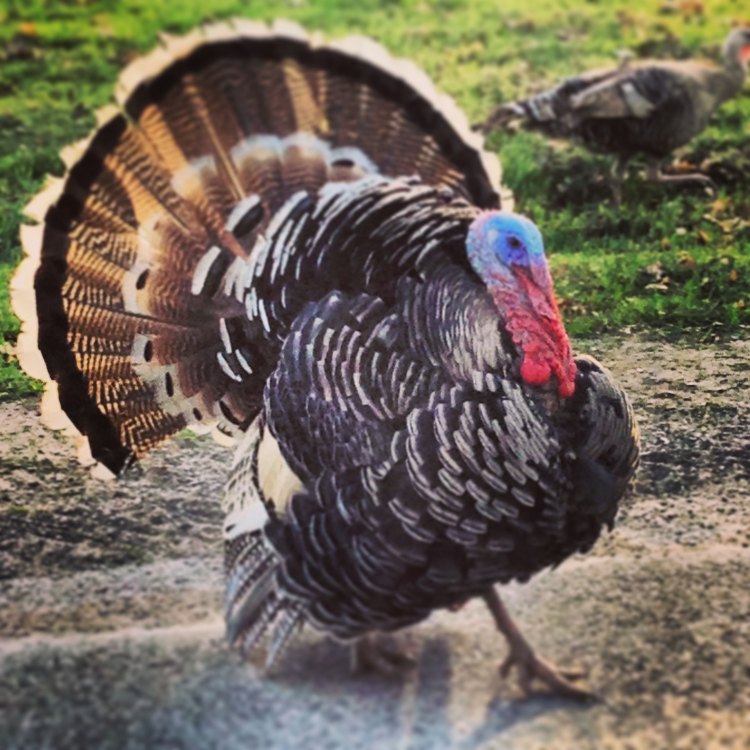
Turkey
- Adult Size: 10-25 pounds
- Average Lifespan: 3-5 years (wild), up to 10 years (captivity)
- Reproduction: Sexual
- Reproductive Behavior: Mating rituals, females lay eggs
- Sound or Call: Gobbling, purring, yelping
- Migration Pattern: Non-migratory, may exhibit local movements
- Social Groups: Flocks
- Behavior: Diurnal, social, and highly vocal
- Threats: Hunting, habitat loss, and predation
- Conservation Status: Least Concern
- Impact on Ecosystem: Seed dispersal, insect control
- Human Use: Meat, feathers, and as domesticated pets
- Distinctive Features: Large size, wattled skin, and unique plumage
- Interesting Facts: Domesticated turkeys cannot fly, wild turkeys can fly up to 55 miles per hour
- Predator: Coyotes, bobcats, foxes, and large birds of prey
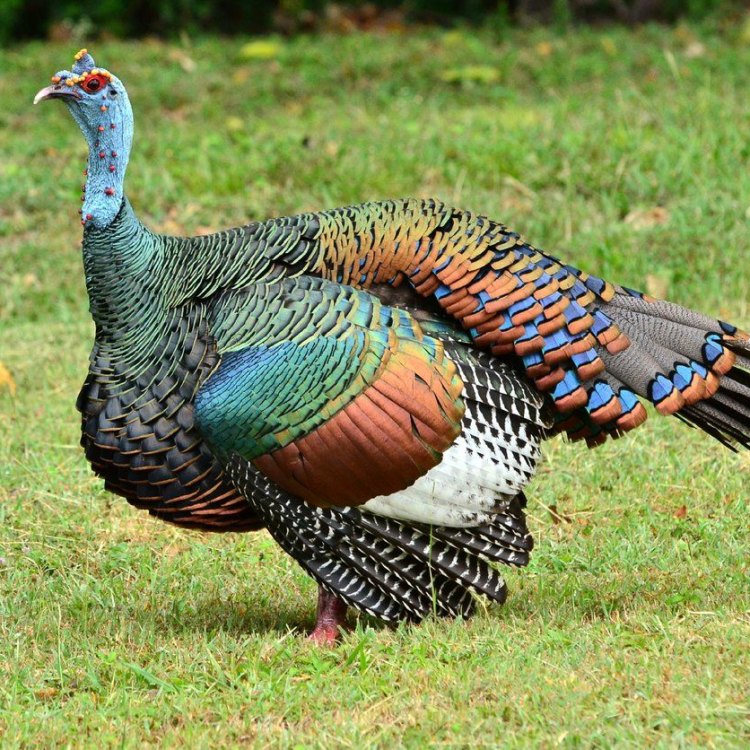
Meleagris gallopavo
The Fascinating World of Turkey: A Social, Vocal and Vital Species
Turkey, the only country in the world that spans across two continents, has a rich cultural history and diverse landscape. From its bustling cities to its breathtaking landscapes, Turkey has a lot to offer. But beyond the vibrant culture and stunning scenery, lies a species that has been intertwined with human life and history for centuries - the turkey.Turkeys are not just any ordinary bird; they are a symbol of Thanksgiving, a staple in holiday feasts, and have become a household name during the festive season PeaceOfAnimals.Com. But there is so much more to this fascinating bird than just being a source of food for humans. Let us take a deep dive into the world of turkeys and discover what makes them unique and how they contribute to their ecosystem.
Adult turkeys typically range in size from 10-25 pounds, with females being smaller than males. They have a lifespan of 3-5 years in the wild, but can live up to 10 years in captivity. One of the most distinctive features of turkeys is their large size, which makes them stand out among other bird species. Aside from their size, turkeys also have unique plumage that varies in color depending on the species. They also have wattled skin, which is the flap of skin that hangs from their beaks, adding to their distinct appearance.
One of the most fascinating things about turkeys is their reproductive behavior. Turkeys are sexual reproducers, meaning they mate to reproduce Termite. During breeding season, which typically occurs in the spring, male turkeys, also known as toms, engage in elaborate and sometimes competitive mating rituals to attract females, also known as hens. These rituals involve strutting, puffing up their feathers, and making loud vocalizations to impress the female turkeys. Once the female turkey chooses her mate, she will lay eggs and incubate them for about 28 days until they hatch. Turkeys are known to lay anywhere from 10-12 eggs at a time.
Speaking of vocalizations, turkeys are quite a chatty species. They make a variety of sounds, including gobbling, purring, yelping, and sometimes even hissing. These vocalizations serve different purposes, such as attracting a mate, communicating with others in their flock, or warning other turkeys of potential threats.
Turkeys are social birds and are often found in flocks, which can range from 5-20 individuals. These flocks consist of both male and female turkeys and are typically led by the dominant tom. Turkeys are also diurnal, meaning they are active during the day and sleep at night. They are known to be highly social and engage in a wide range of behaviors, making them a fascinating species to observe.
One of the most significant threats to wild turkeys is human activity. Turkeys have been hunted for their meat and feathers for centuries, which has led to a decline in their population. In addition to hunting, habitat loss and predation by natural predators such as coyotes, bobcats, foxes, and large birds of prey, have also contributed to the decline of wild turkeys. However, due to conservation efforts and regulations, the turkey population has seen a gradual increase, and currently, the species is listed as "Least Concern" on the IUCN Red List.
Turkeys play a vital role in their ecosystem, and their presence has a ripple effect on other species. As seed dispersers, wild turkeys aid in the growth and reproduction of plants by consuming and spreading seeds through their droppings. They also play a role in insect control by foraging for insects, which helps to maintain a balance in their environment.
Humans have also had a significant impact on the turkey species, both positively and negatively. Turkey meat is a significant source of food for humans, especially during the holiday season. Their feathers are also used for various purposes, such as decor, crafts, and even as a writing tool in the past. Turkey feathers were commonly used as quills to write with ink. This species has also been domesticated for centuries and is now a popular choice for domesticated pets, mainly due to their docile nature.
One of the most interesting facts about turkeys is that wild turkeys can fly up to 55 miles per hour, whereas domesticated turkeys have been bred to be larger and heavier, making it difficult for them to fly. Their domesticated counterparts only fly short distances and are unable to fly long distances.
In conclusion, turkeys are not just a bird that is commonly associated with the holiday season, but a species that has a rich history and plays a significant role in their ecosystem. From their unique physical characteristics and vocalizations to their reproductive behavior and social interactions, turkeys are a fascinating species. As the population of wild turkeys continues to recover, it is crucial to protect and preserve this vital species for future generations to enjoy. So, the next time you see a turkey, remember how much more there is to this remarkable bird than just being a part of a holiday feast.
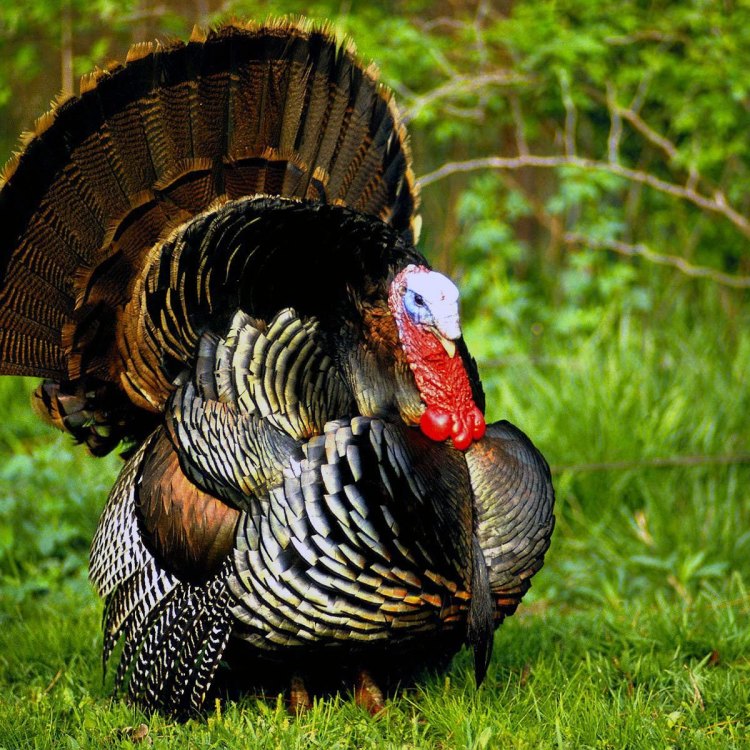
The Fascinating World of Turkeys: A Look into One of North America's Most Iconic Birds
Disclaimer: The content provided is for informational purposes only. We cannot guarantee the accuracy of the information on this page 100%. All information provided here may change without prior notice.



